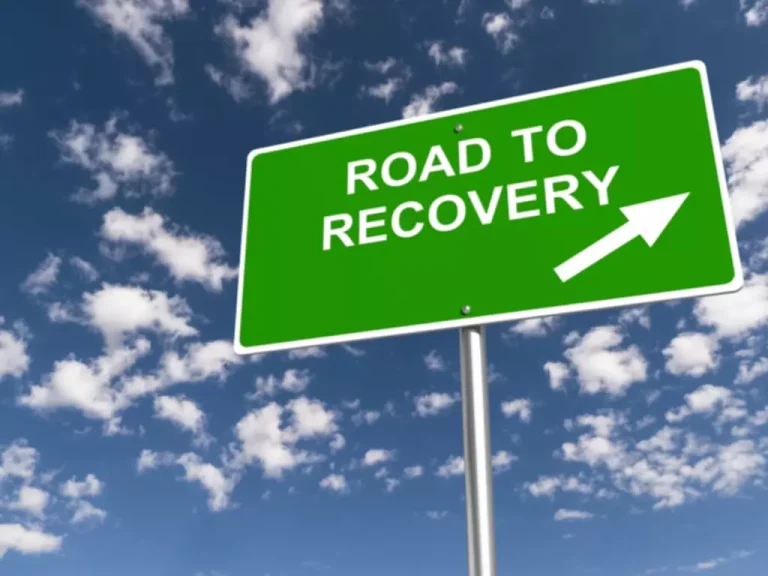
But what Grayson hadn’t expected was that the drug also immediately altered one of his other habits. “I felt like my weight was getting out of control,” says the 73-year-old retiree, who lives on a ranch in Oklahoma. “I had to start taking all these medications that I never had to take before. I actually felt pretty depressed about my health.” Medicines can also be misused when people take them to “get high” instead of the way their doctor advises. People can even misuse cough or cold medicines from the store if they ignore the directions and take too much at one time.

Health Hazards Due to Alcohol Abuse

“The drug talks with our brain and says, ‘We’ve had enough food here. So let’s slow down. Let’s have less appetite, let’s have less food. Less alcohol,” says NIDA’s Leggio. For more than a decade now, Jerlhag and her colleagues https://ecosoberhouse.com/ at the University of Gothenburg in Sweden have been figuring out in great detail how GLP-1 drugs, such as Ozempic, reduce alcohol consumption in rats. A drug is a chemical substance that can change how your body and mind work.
2. Acetaldehyde-Related Mechanism in Alcohol-Induced Damages
Some people may mistake alcohol for a hallucinogen, but alcohol-related hallucinations are rare. In rare instances, people who have chronically misused alcohol may develop auditory hallucinations after heavy alcohol use. Some people also experience hallucinations during alcohol withdrawal. It is important to understand that different types of drinks contain varying levels of alcohol. According to the National Institute on Alcohol Abuse and Alcoholism, a standard beer of 12 ounces contains 5% alcohol, whereas some light beers are 4.2% alcohol.
Treatment Options for Alcohol Abuse and Alcoholism

The Controlled Substances Act (CSA) is a law that regulates legal and illegal drugs in the United States. Under the CSA, drugs are categorized into different “schedules” according to a drug’s perceived danger and potential for dependence. For example, heroin is classified as a Schedule I drug because of is wine addictive its illegal status and extremely addictive qualities. Legal medications on the other hand, such as over-the-counter painkillers and cough suppressants, are categorized as Schedule V because of their low chances for abuse. The terms “addiction” and “dependence” are often confused or used interchangeably.
- A majority of ethanol is metabolized in the cytoplasm of the liver by the enzyme ADH to produce acetaldehyde, which is then further metabolized to another less active byproduct, acetate, by ALDH [83].
- With a high enough alcohol dose, you may struggle to walk on your own.
- This drinking practice often takes place in and around college campuses.
- Beer, malt liquor, wine, and hard liquor contain ethyl alcohol, also known as ethanol, as an active ingredient.
- The risks increase largely in a dose-dependent manner with the volume of alcohol consumed and with frequency of drinking, and exponentially with the amount consumed on a single occasion.
- Alcohol has considerable toxic effects on the digestive and cardiovascular systems.
This limits the findings, particularly as one of the themes indicated that financial motivations influenced perceived utility of different approaches and tactics to reduce consumption. As such, those not currently able to meet their needs would likely have had a different perspective. It is possible that individuals in this category had less time or availability to take part in research.
- More than 16 million Americans misuse or are addicted to alcohol, which is a substance that is legal, widely available and normalized in our society.
- Drinking alcohol may cause cancer of the mouth, esophagus, breast, liver, and colon.
- At some point, many teens are pressured to drink alcohol by friends or peers.
- Death from respiratory depression can occur with severe alcohol intoxication, and this can be hastened if alcohol is combined with CNS depressant medications.
- Treatment for alcohol and substance addiction may vary between people, facilities, and programs.
S2 Appendix. Reflexivity.
As mentioned above, the value placed upon the alcohol contained in drinks, also meant that most participants felt that no-lo drinks should be cheaper than their alcoholic counterparts to be considered good value for money. These findings support the need for pricing policy changes which ensure price differentials between no-lo and standard alcohol drinks and remove pricing structures that disincentivise smaller purchases. Alcohol addiction is a chronic disease characterized by uncontrollable seeking of alcohol, as well as drinking that is compulsive, or difficult to control, despite harmful personal or professional consequences. Alcohol is the most commonly used addictive substance in the United States. According to the National Council on Alcoholism and Drug Dependence (NCADD), there are approximately 17.6 million people who suffer from alcohol use disorders or chronic alcohol abuse in the United States.
The Most Common Addictions

